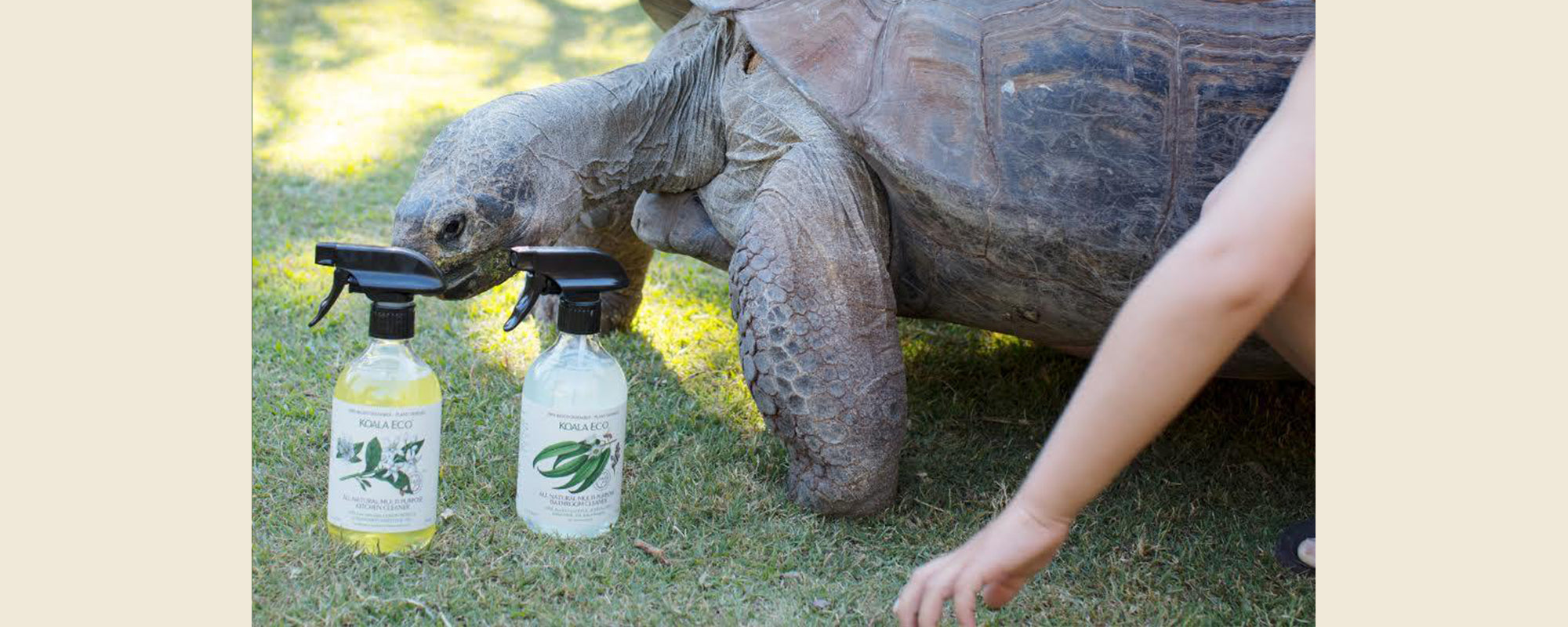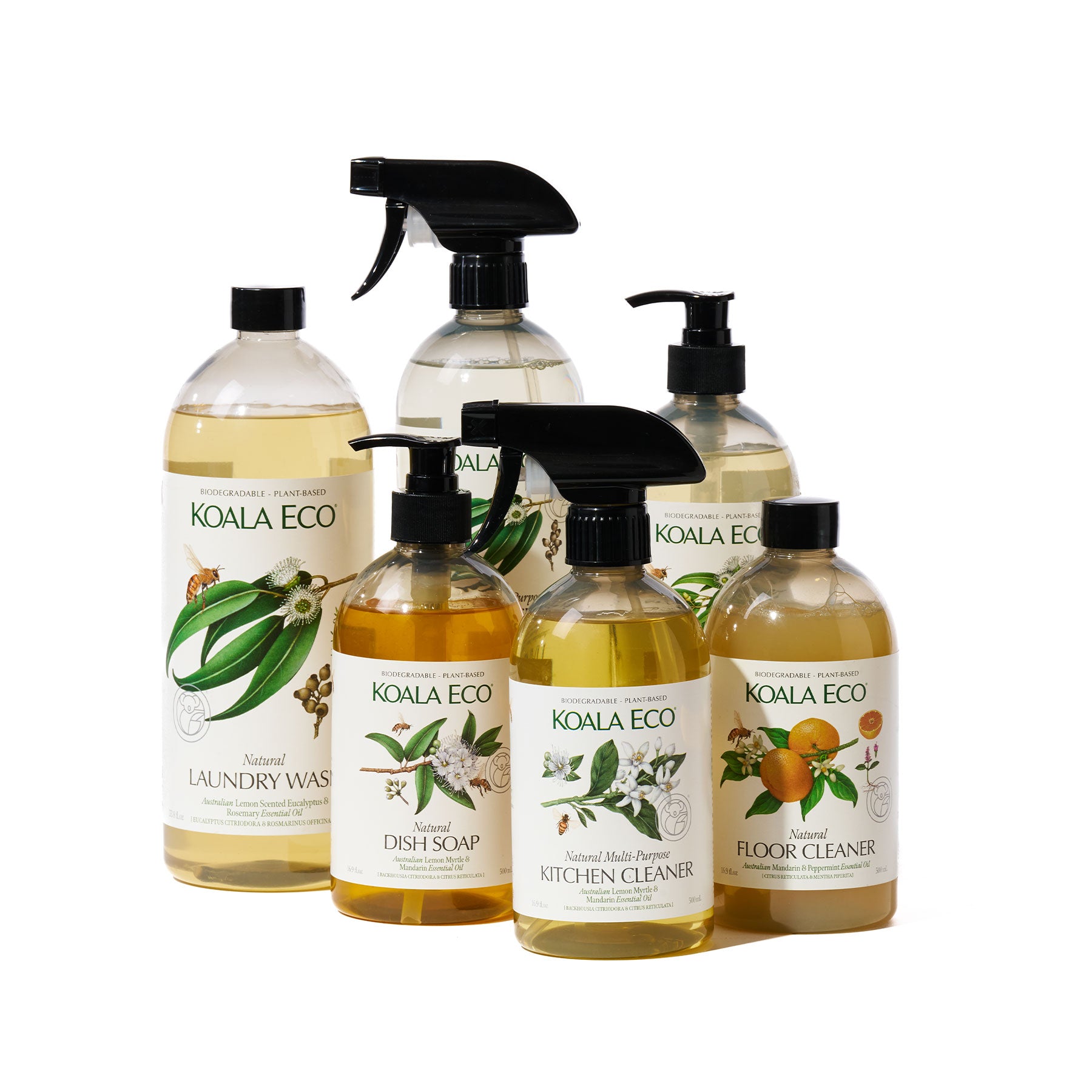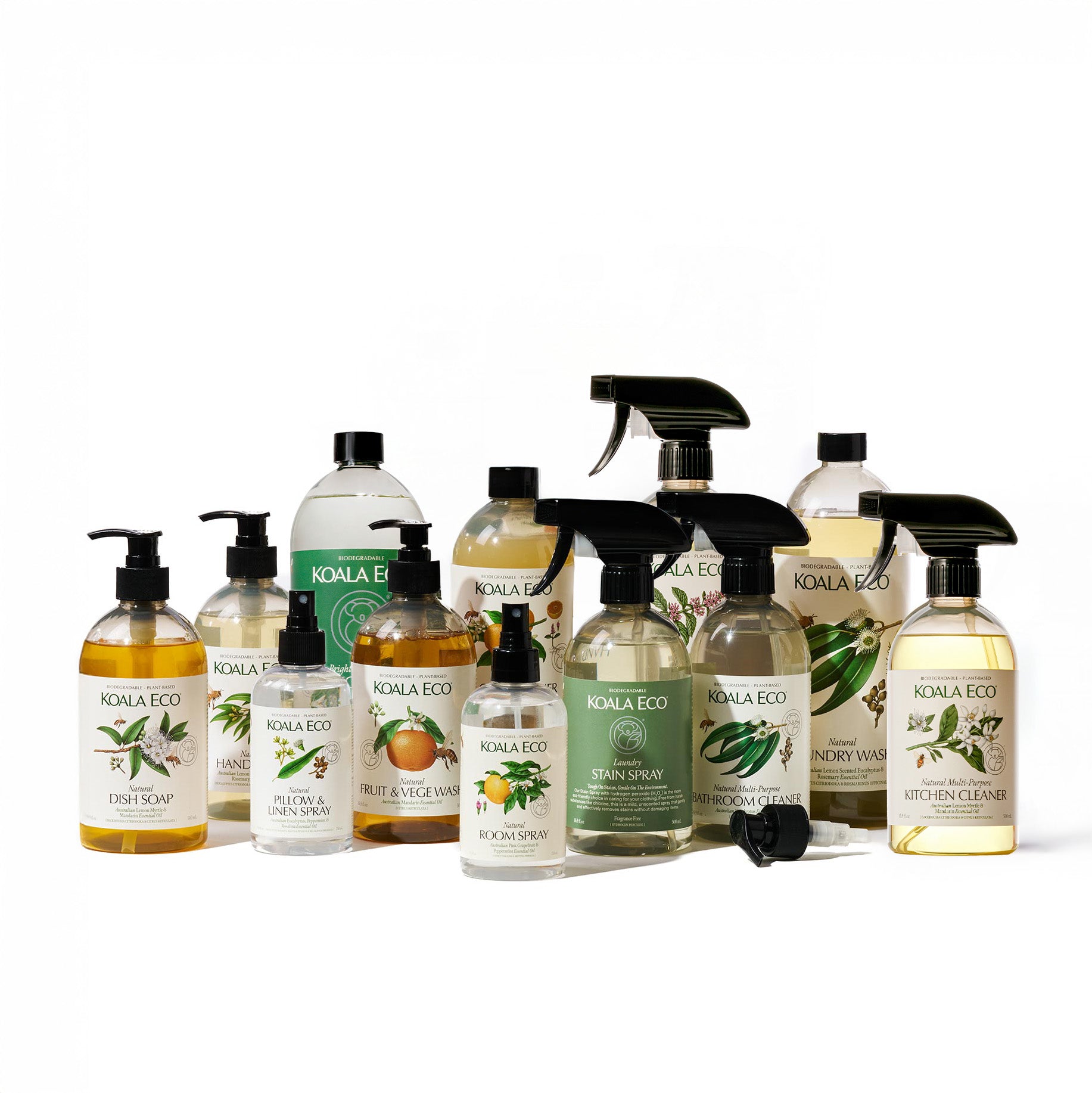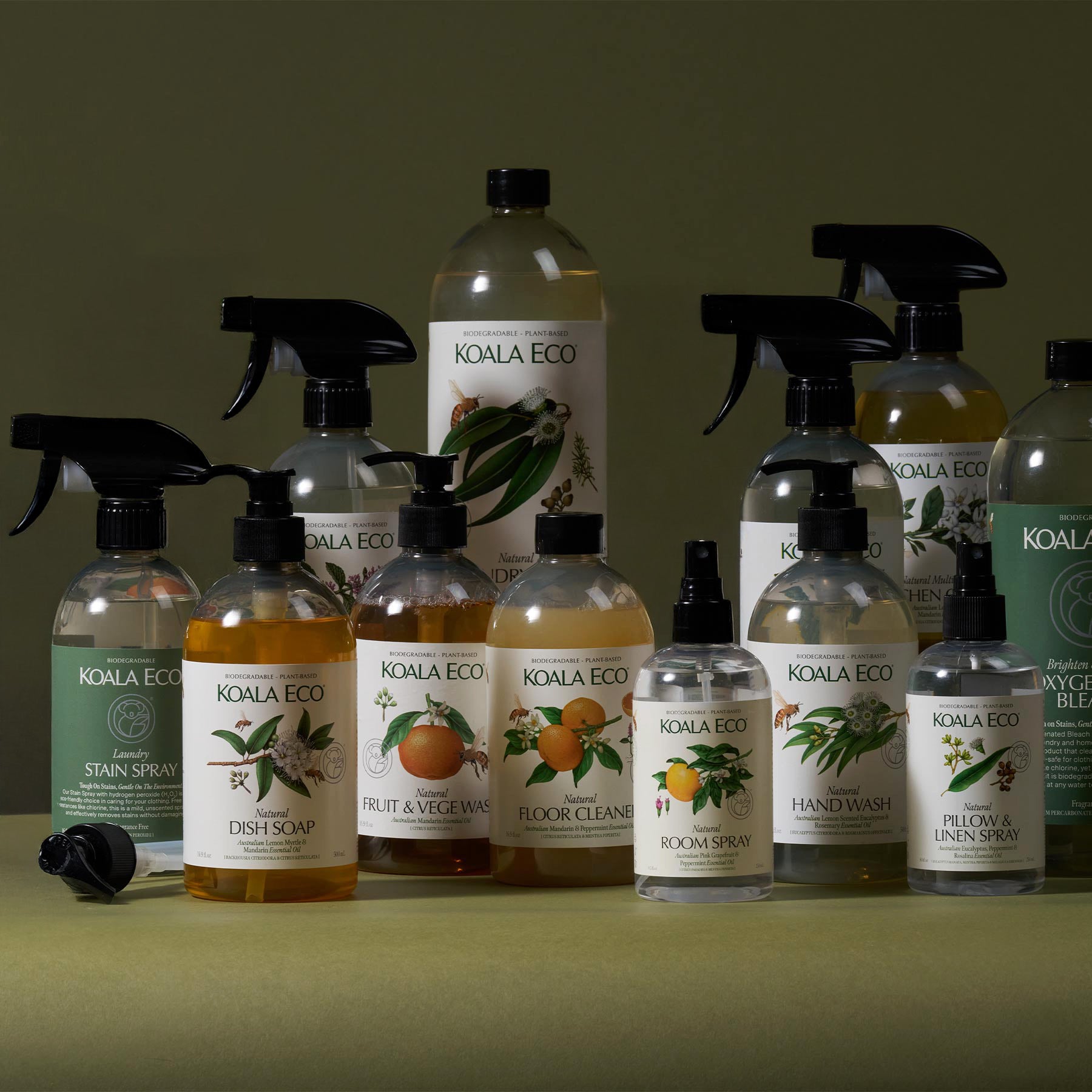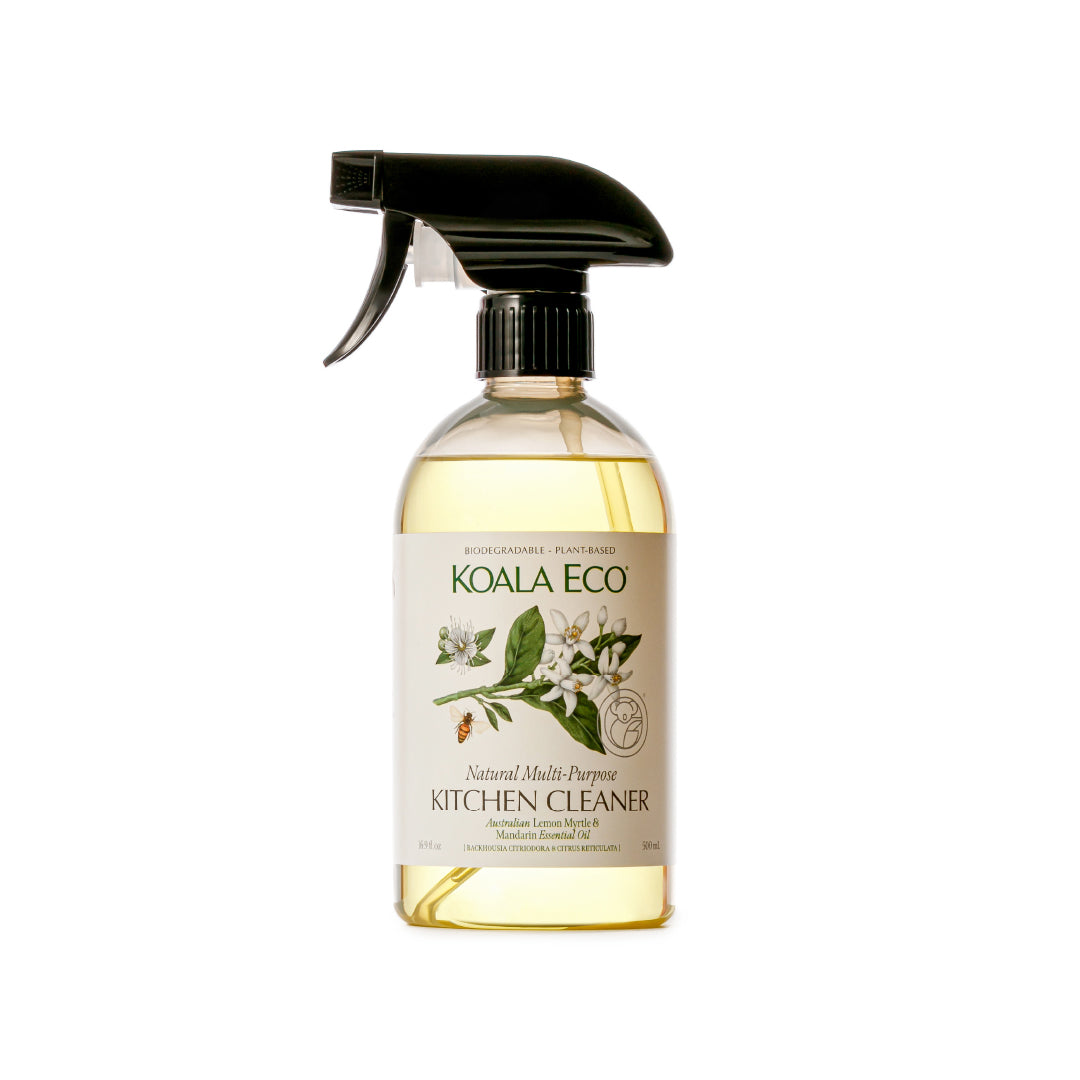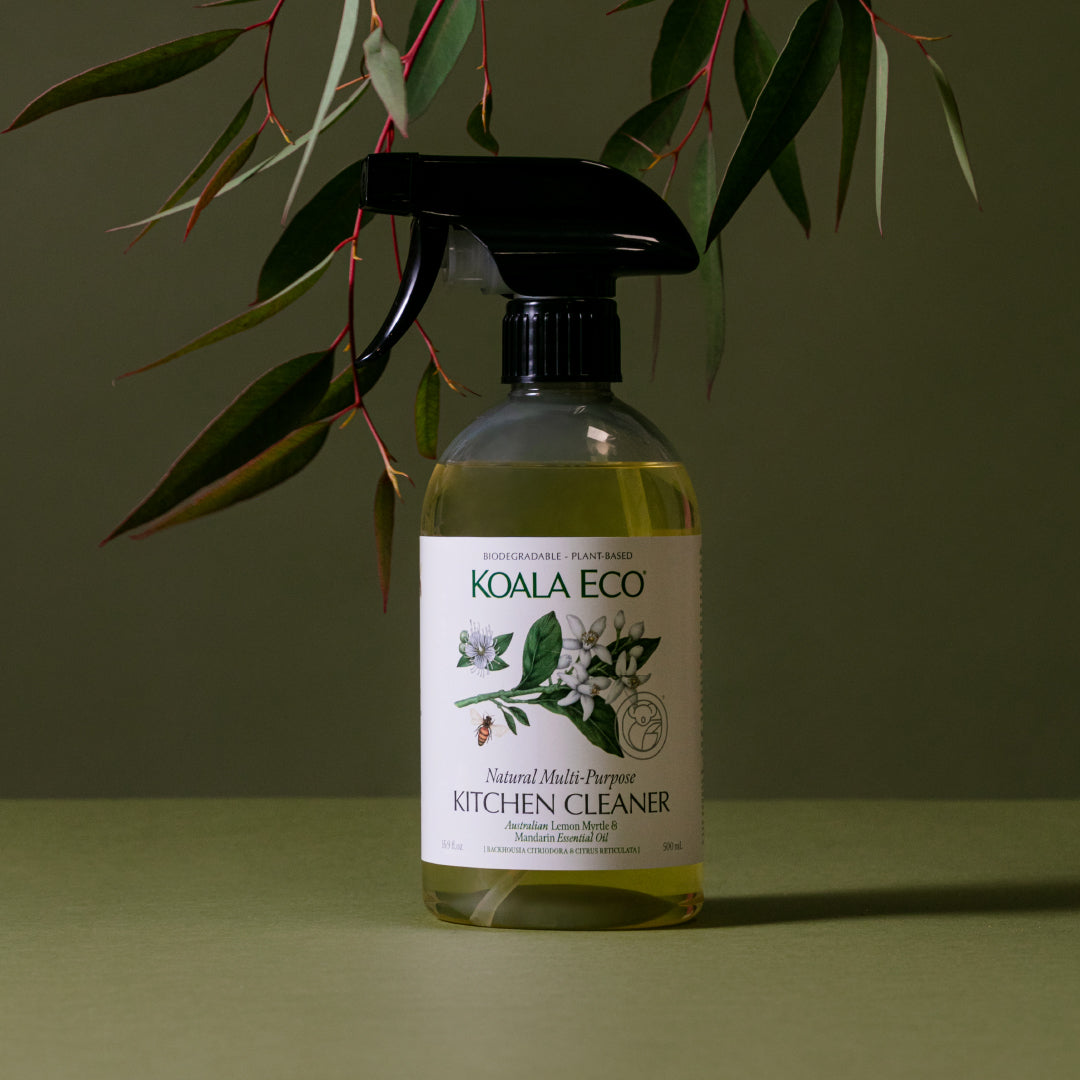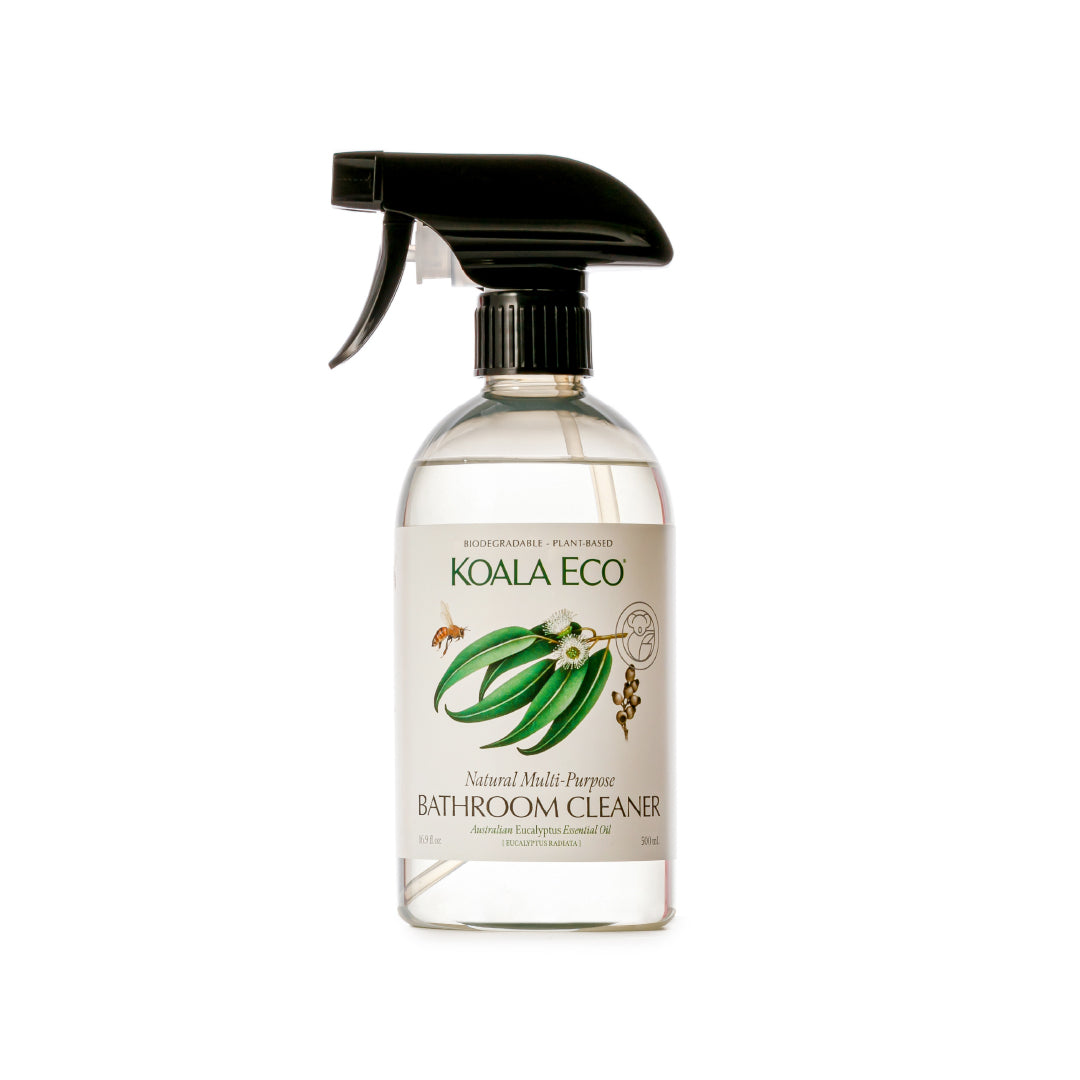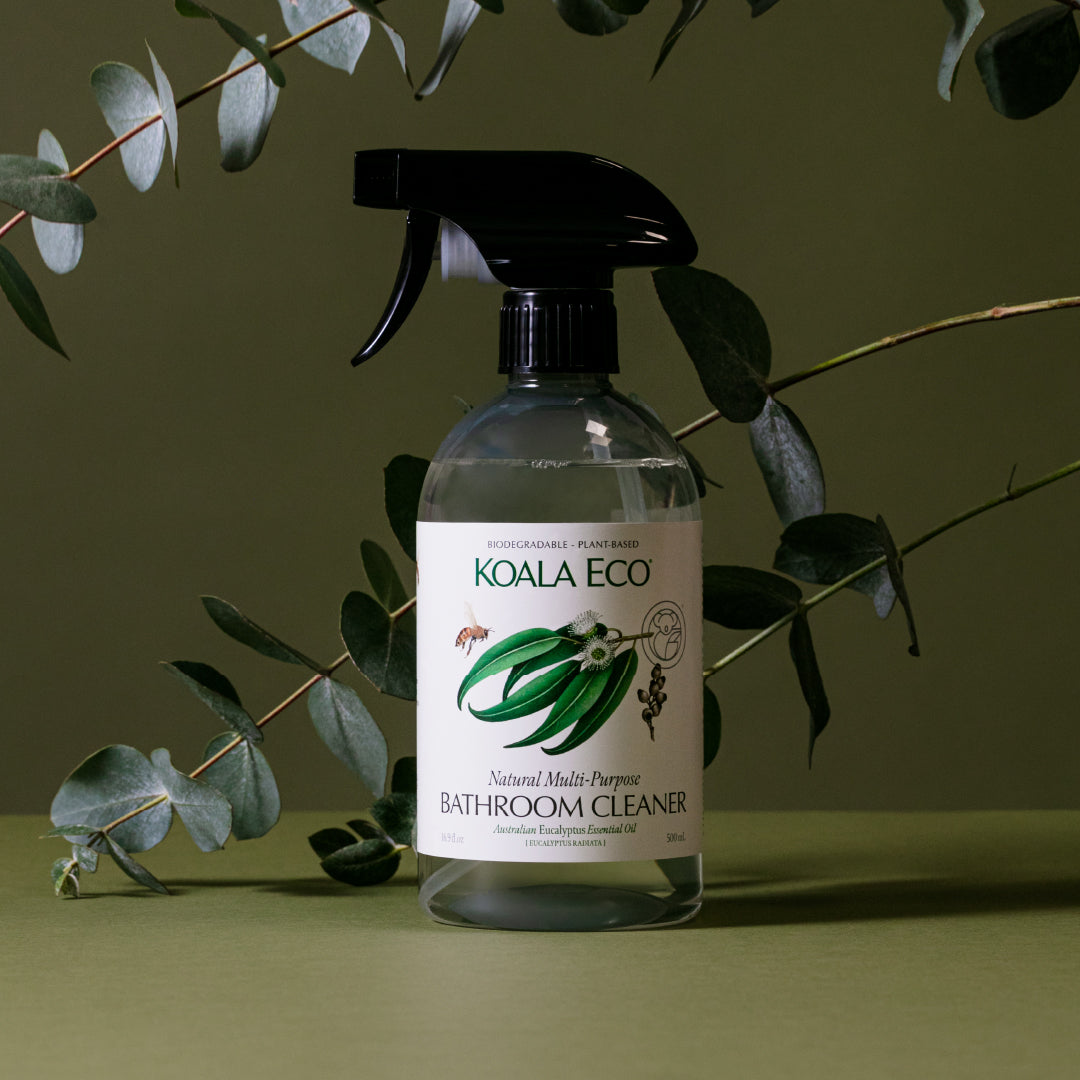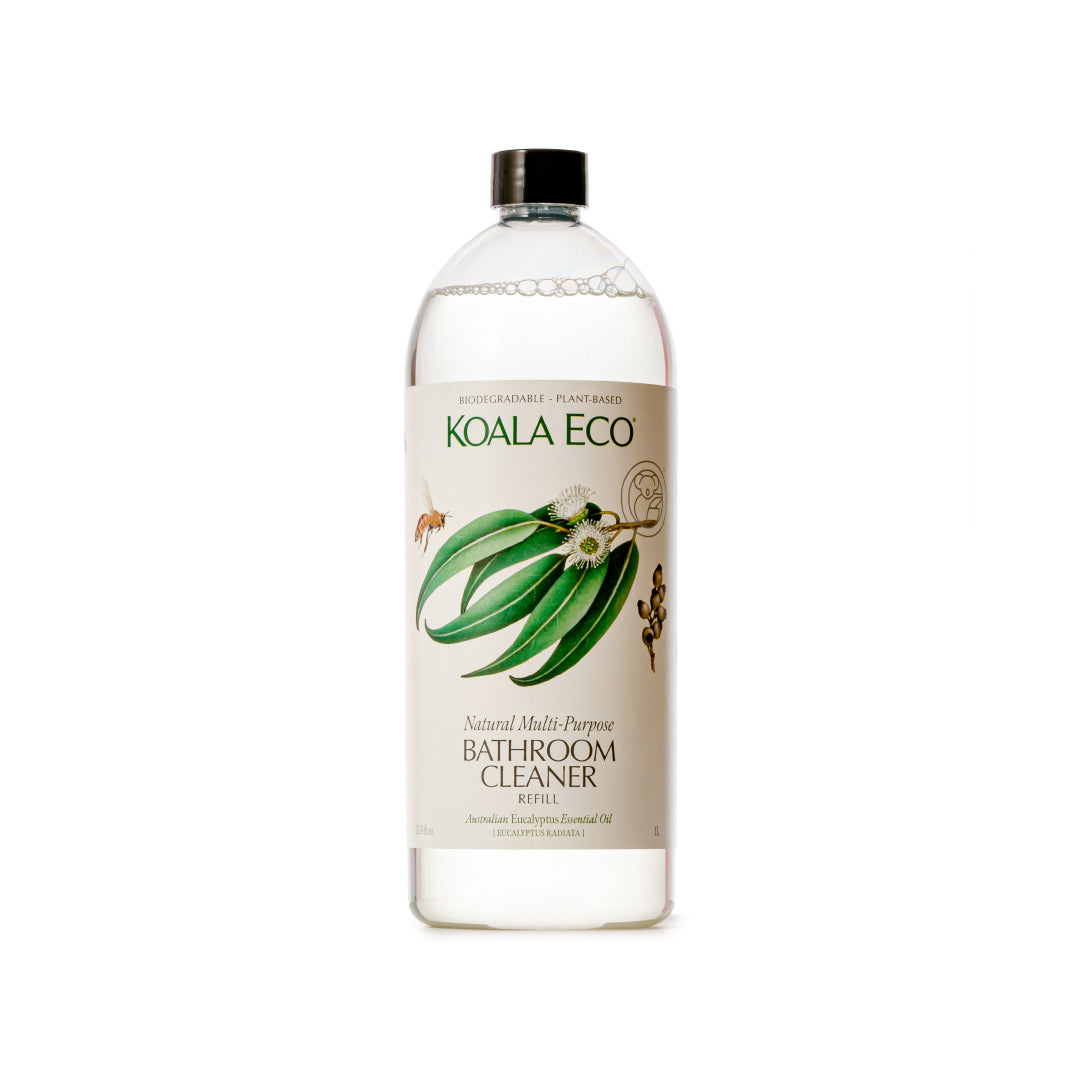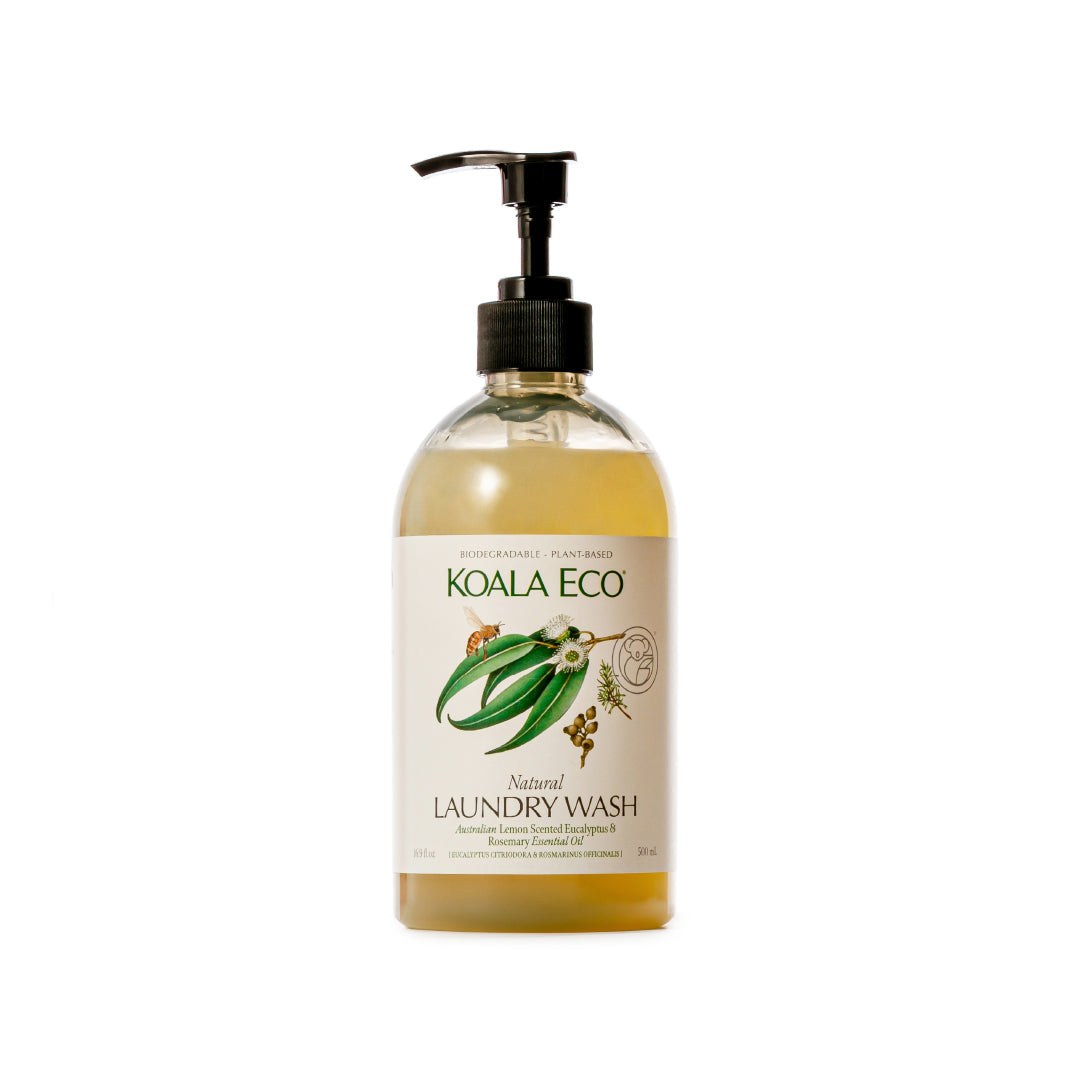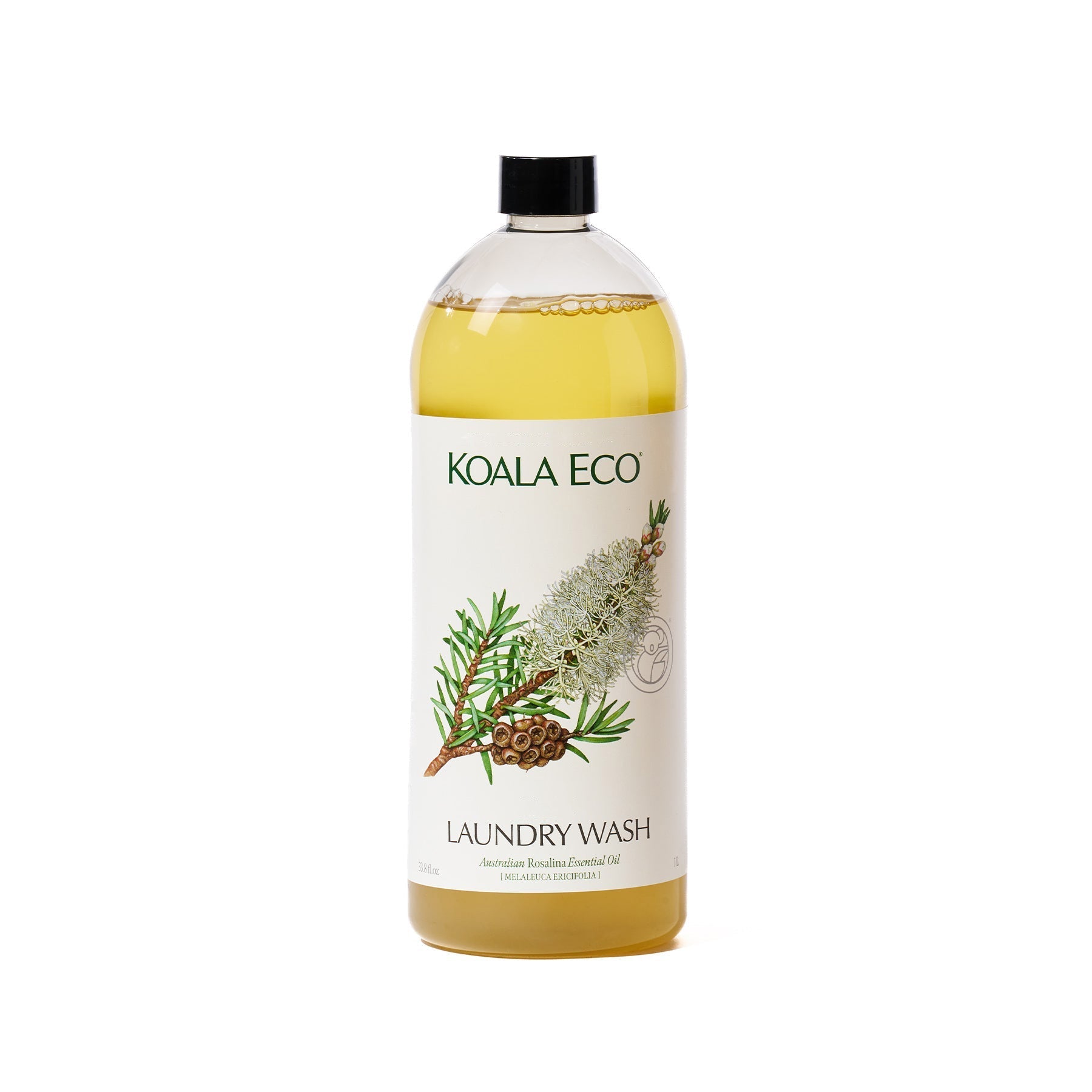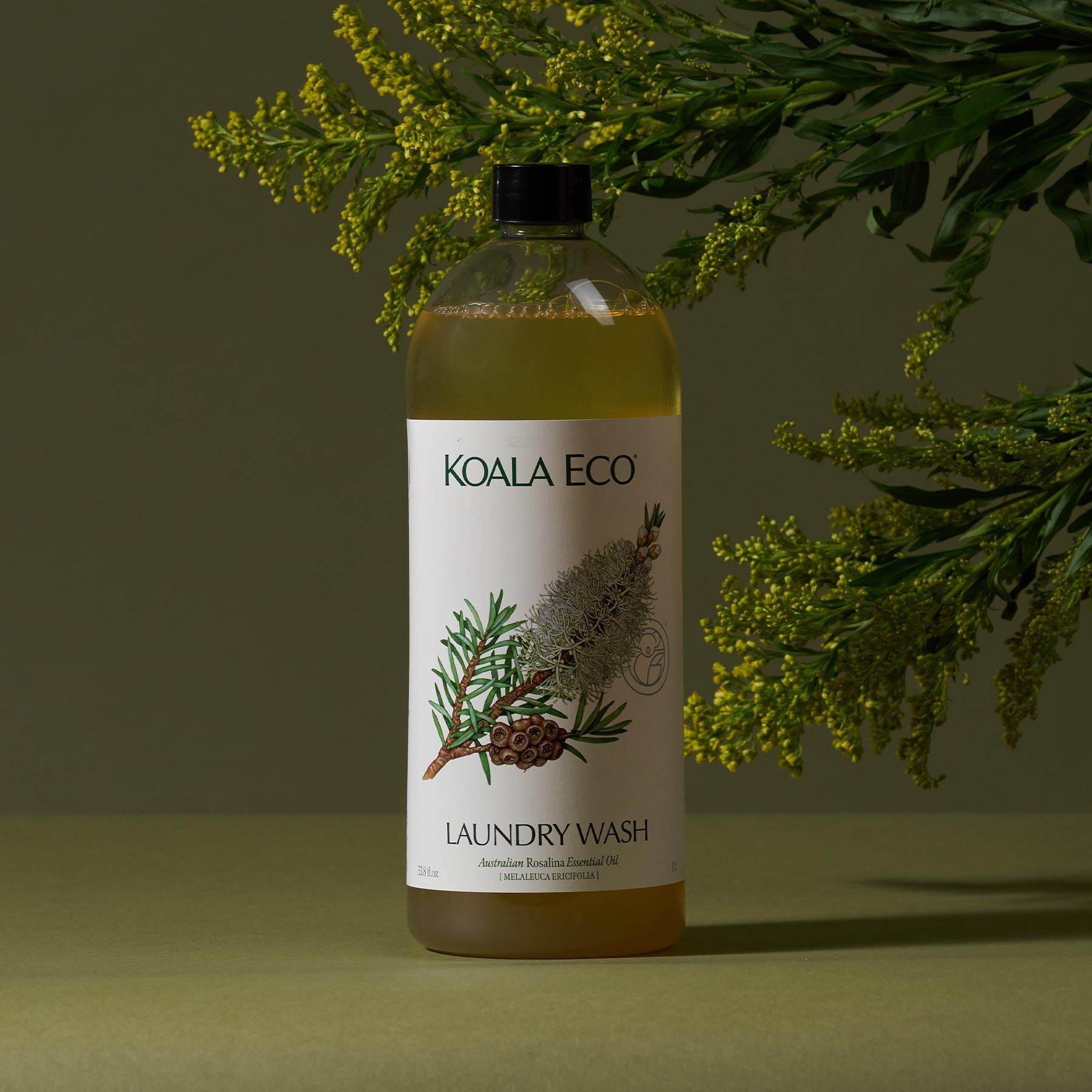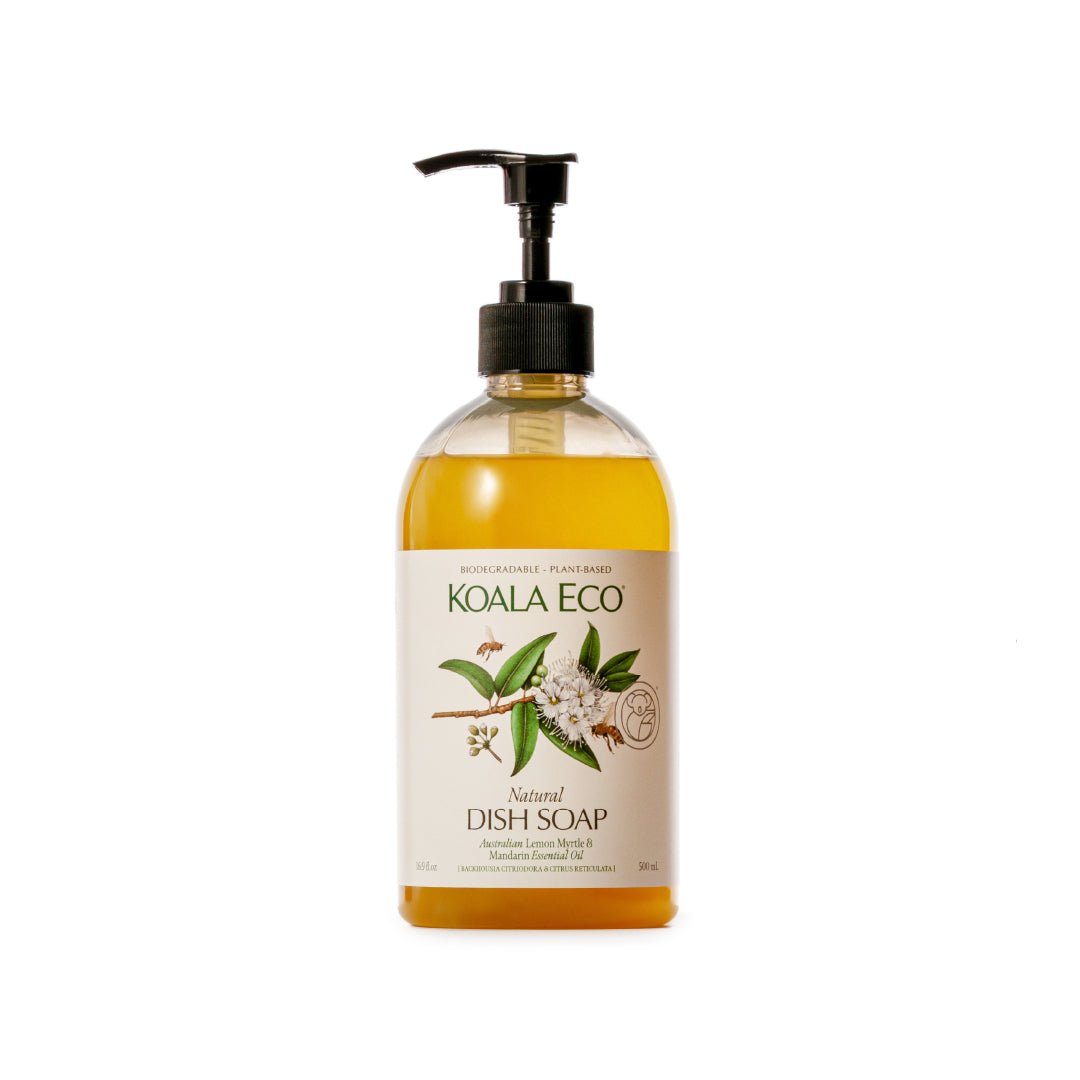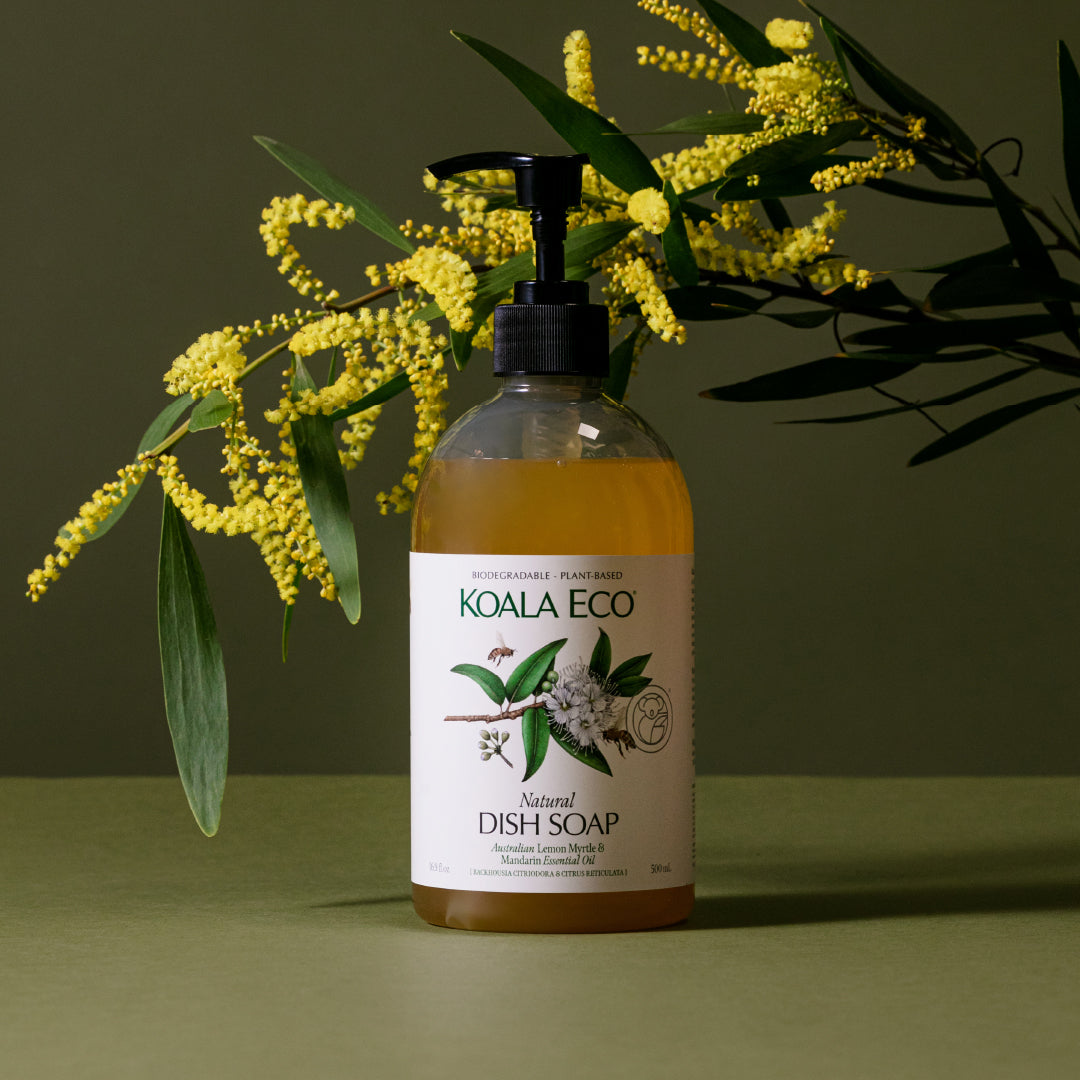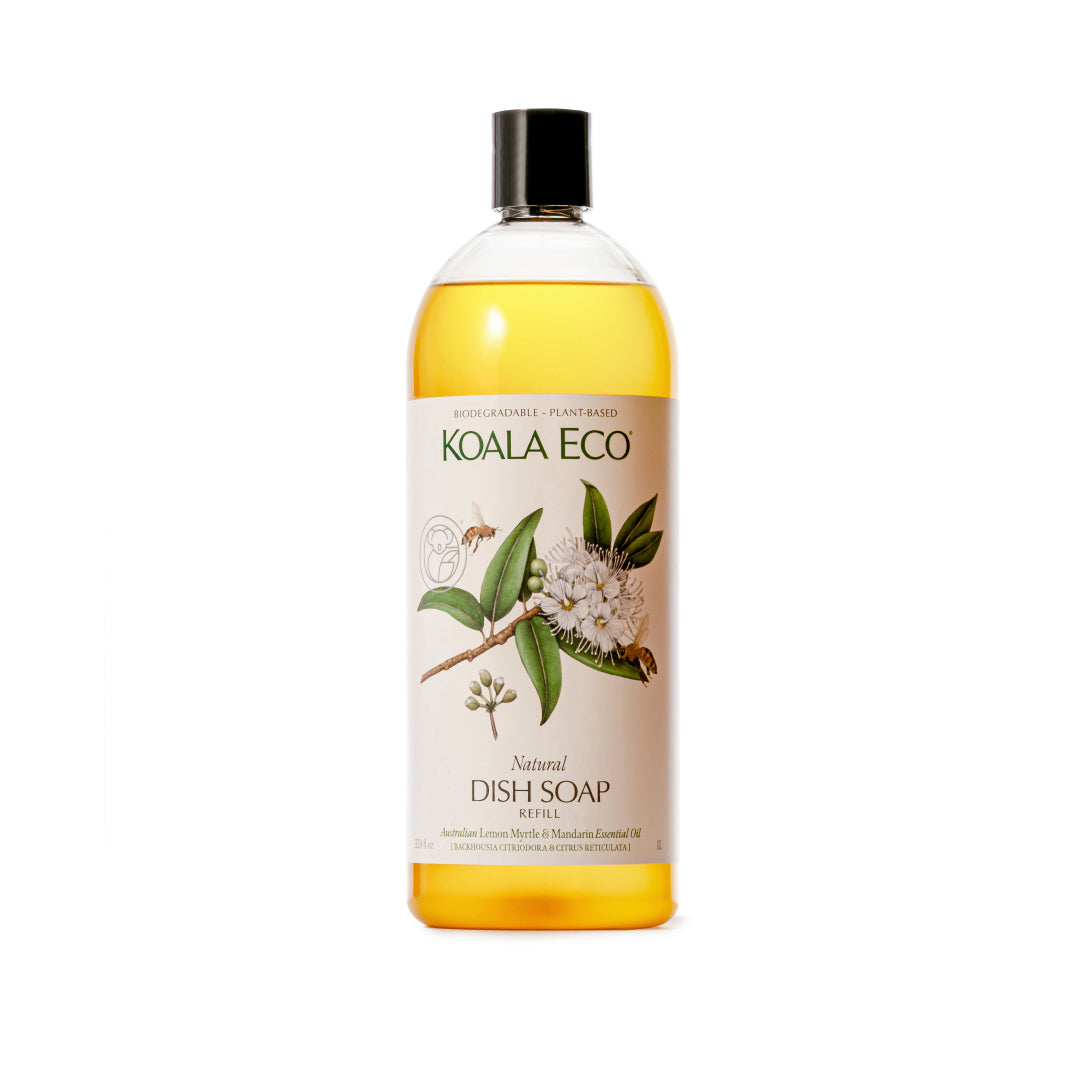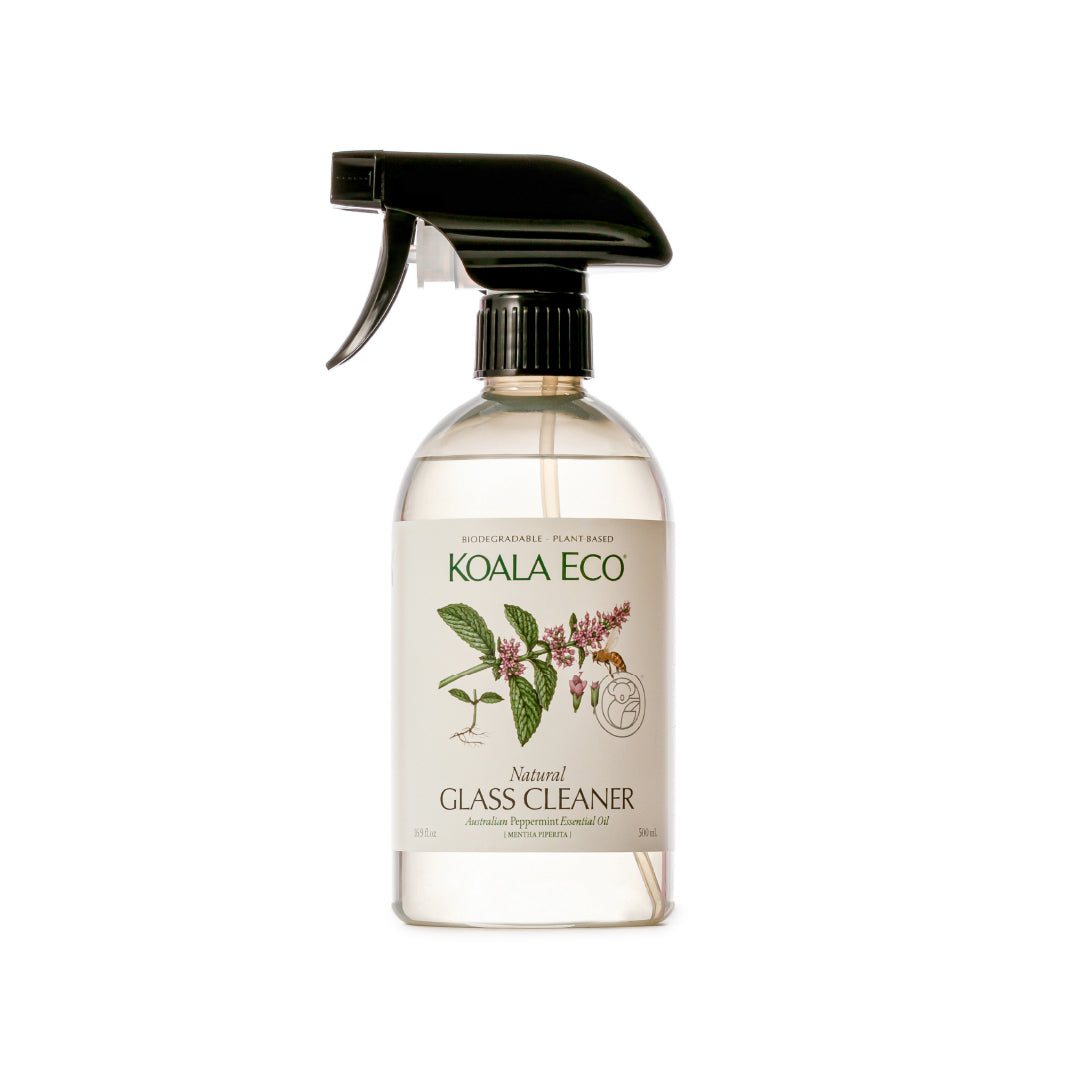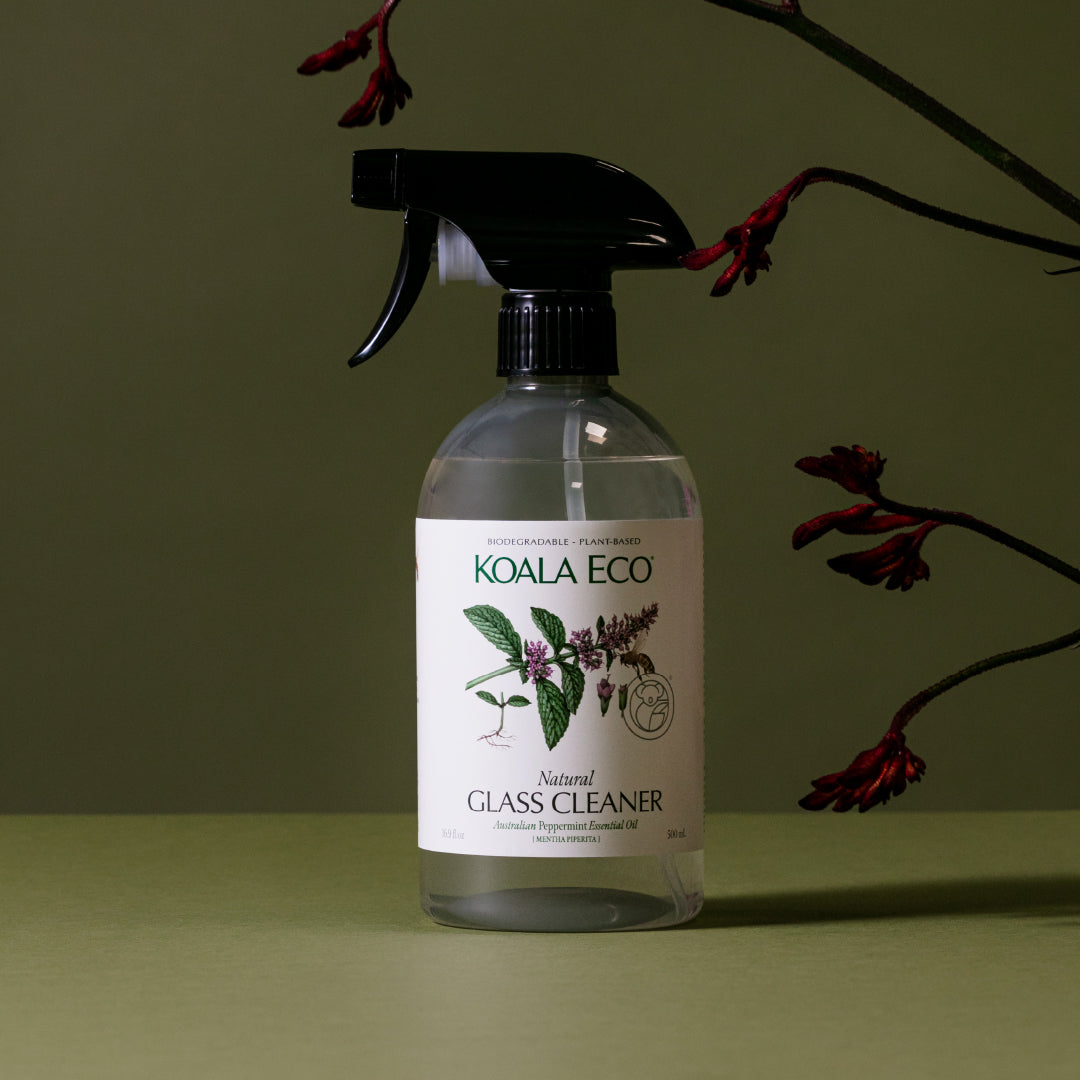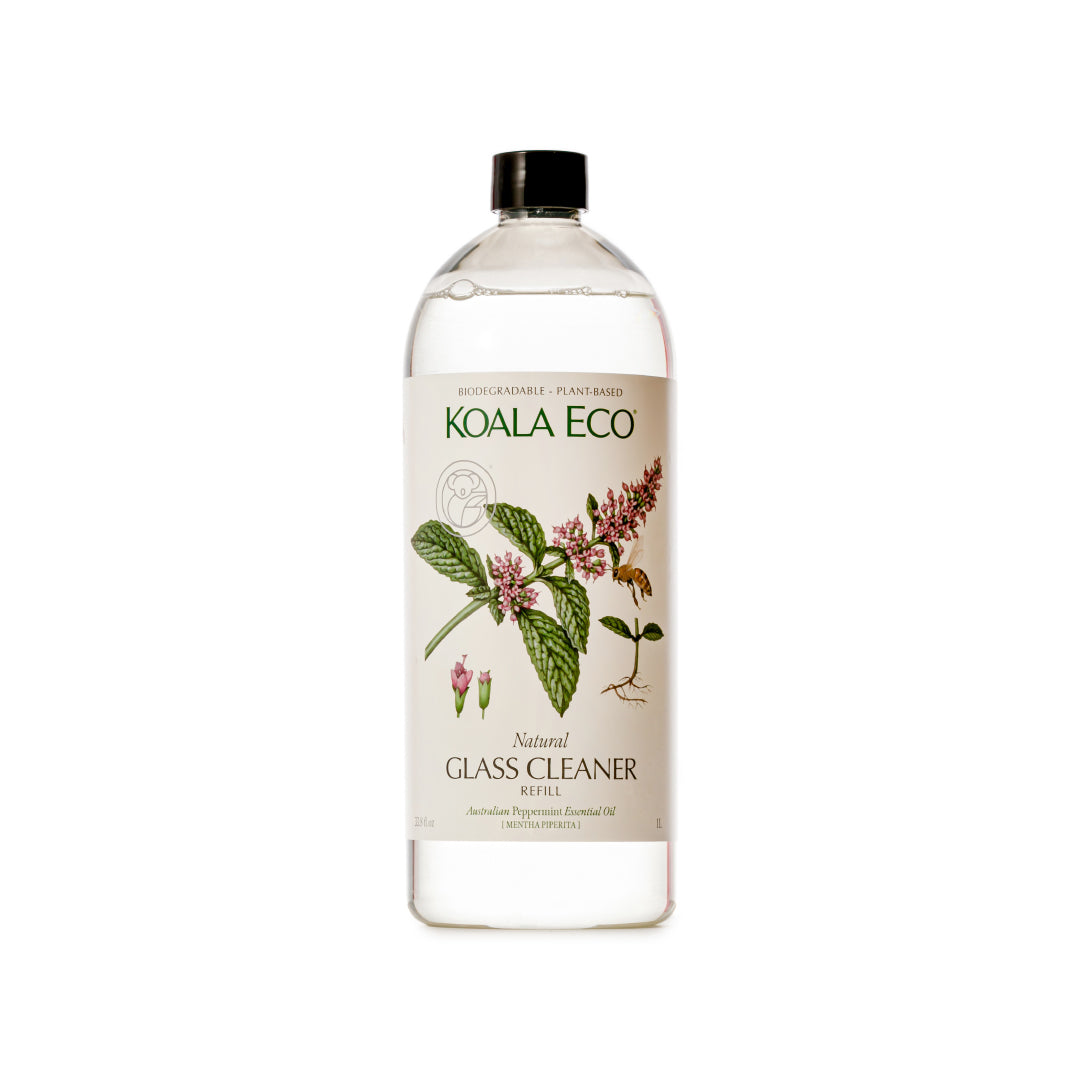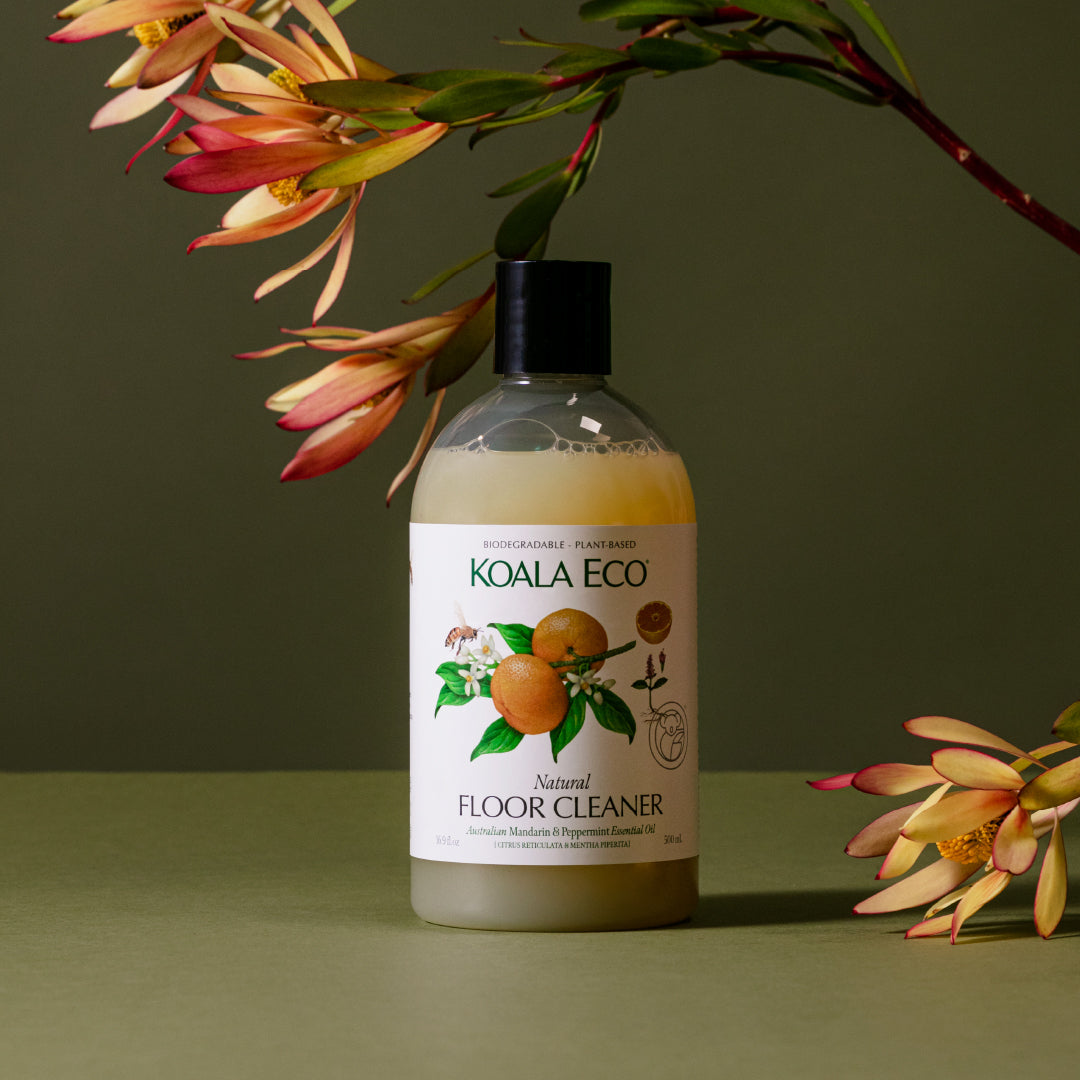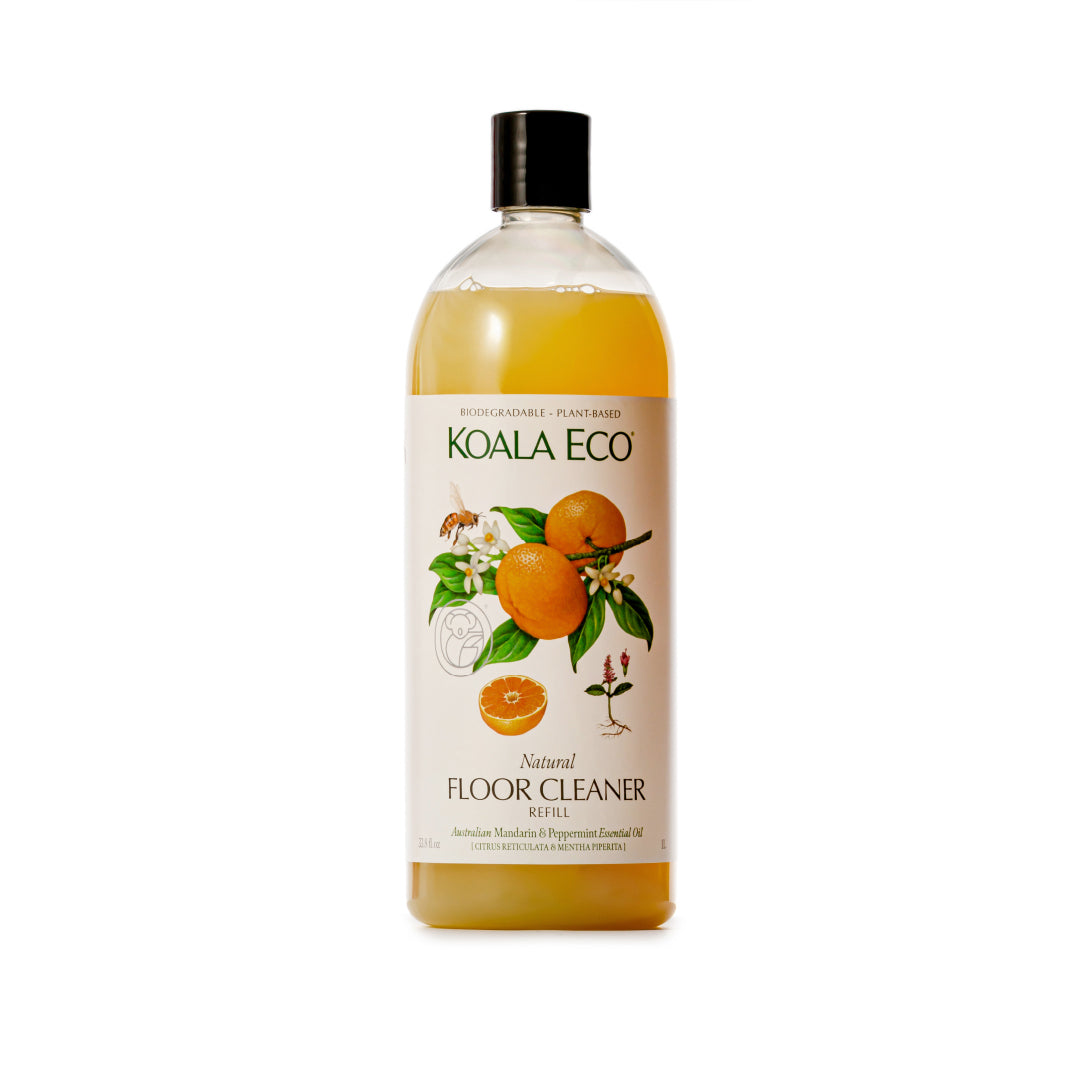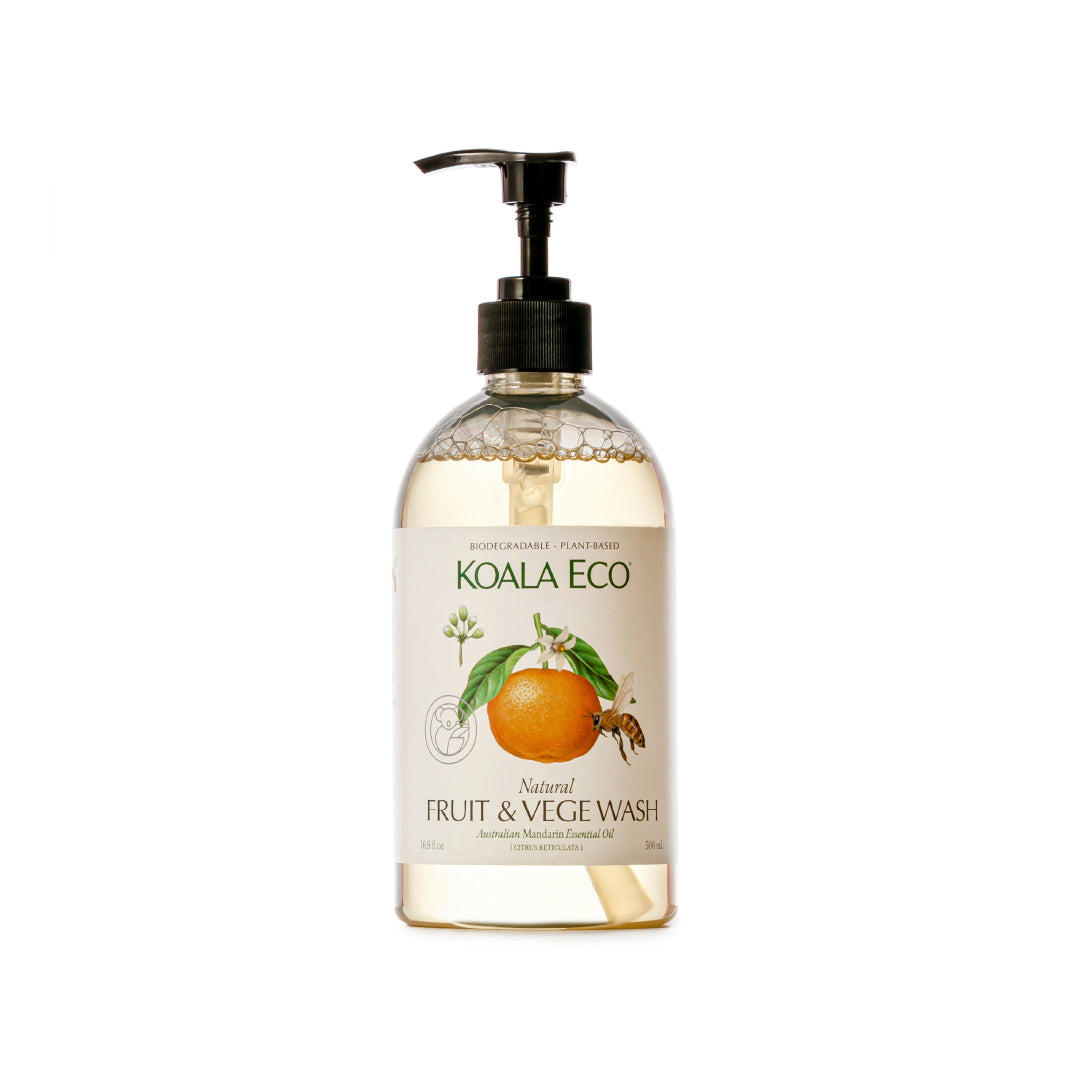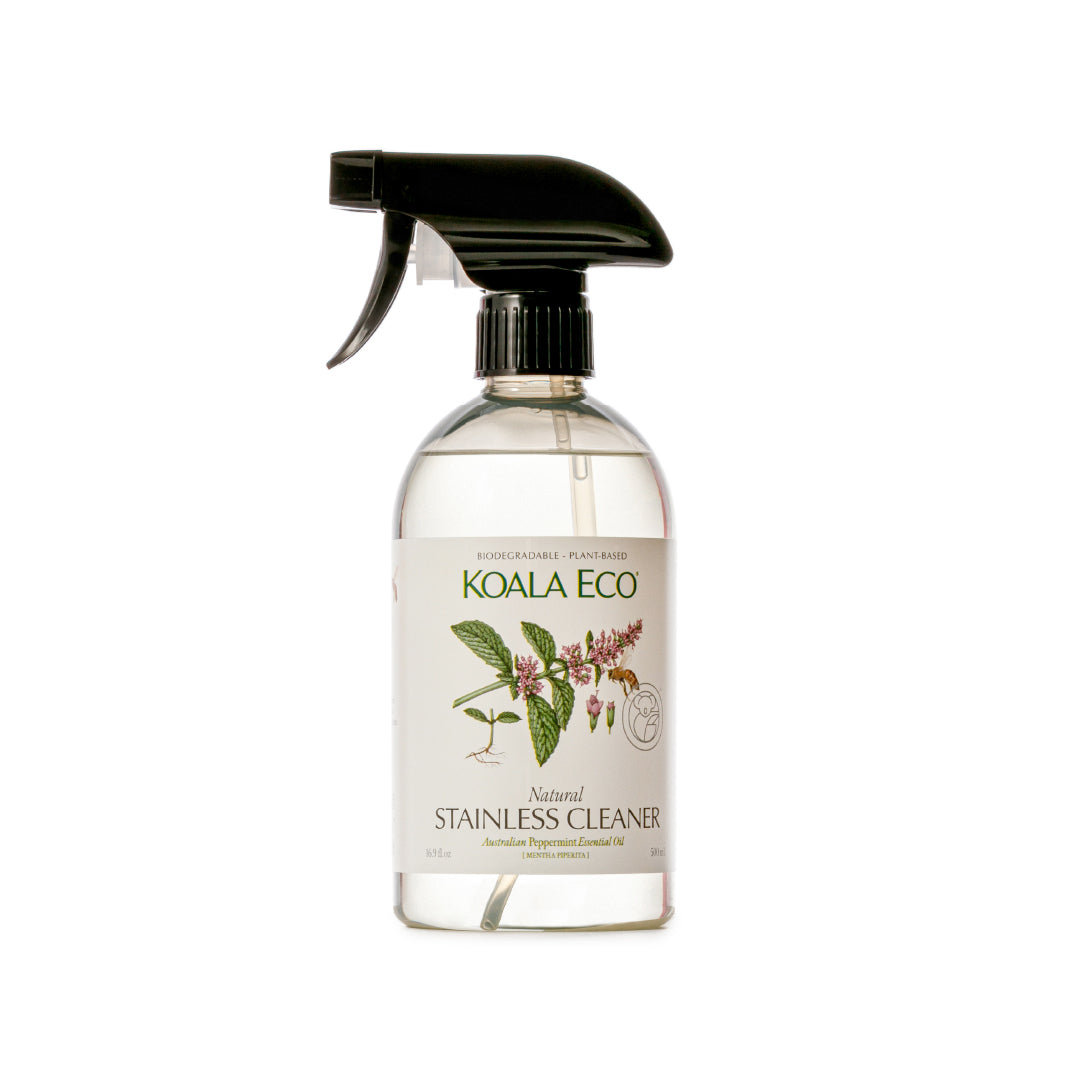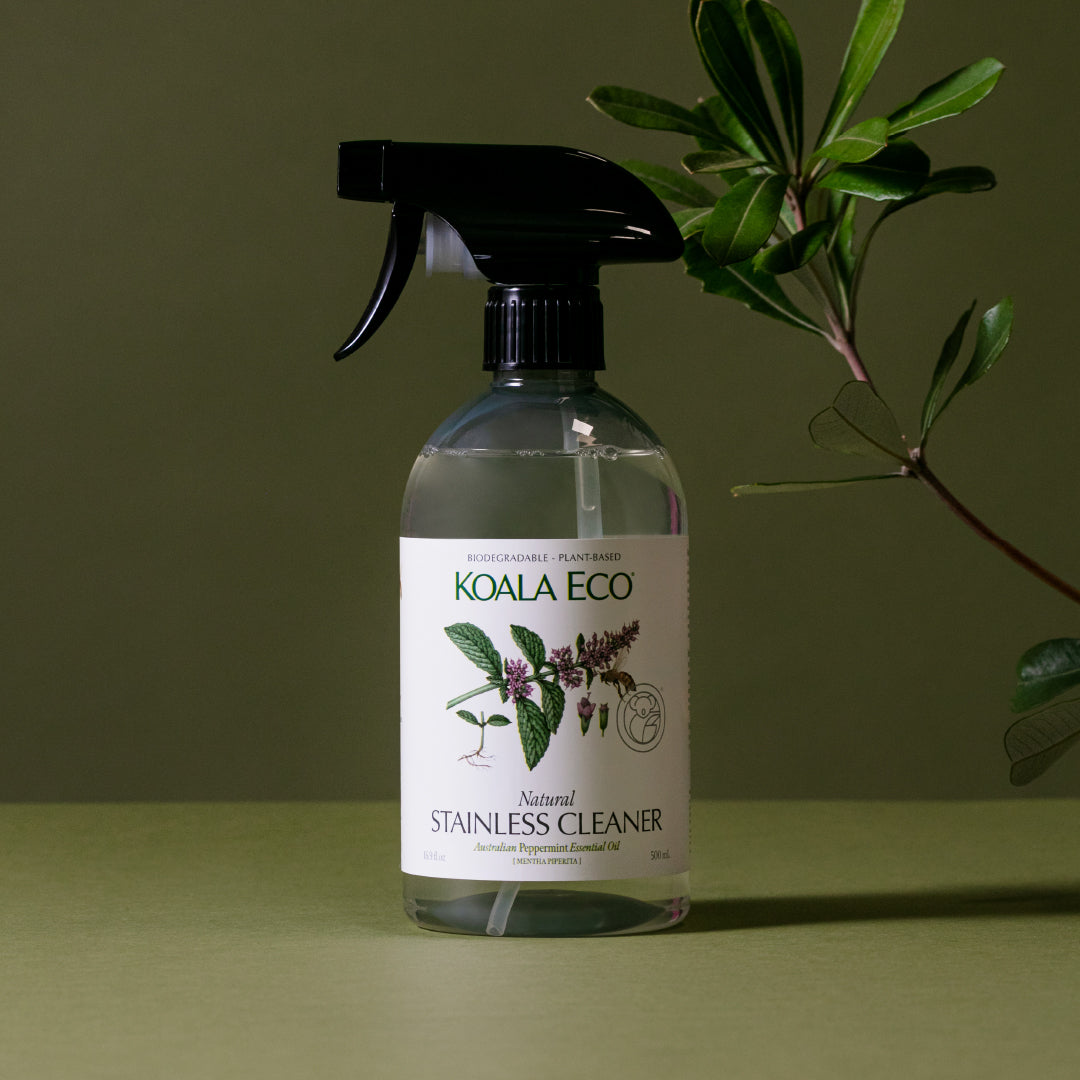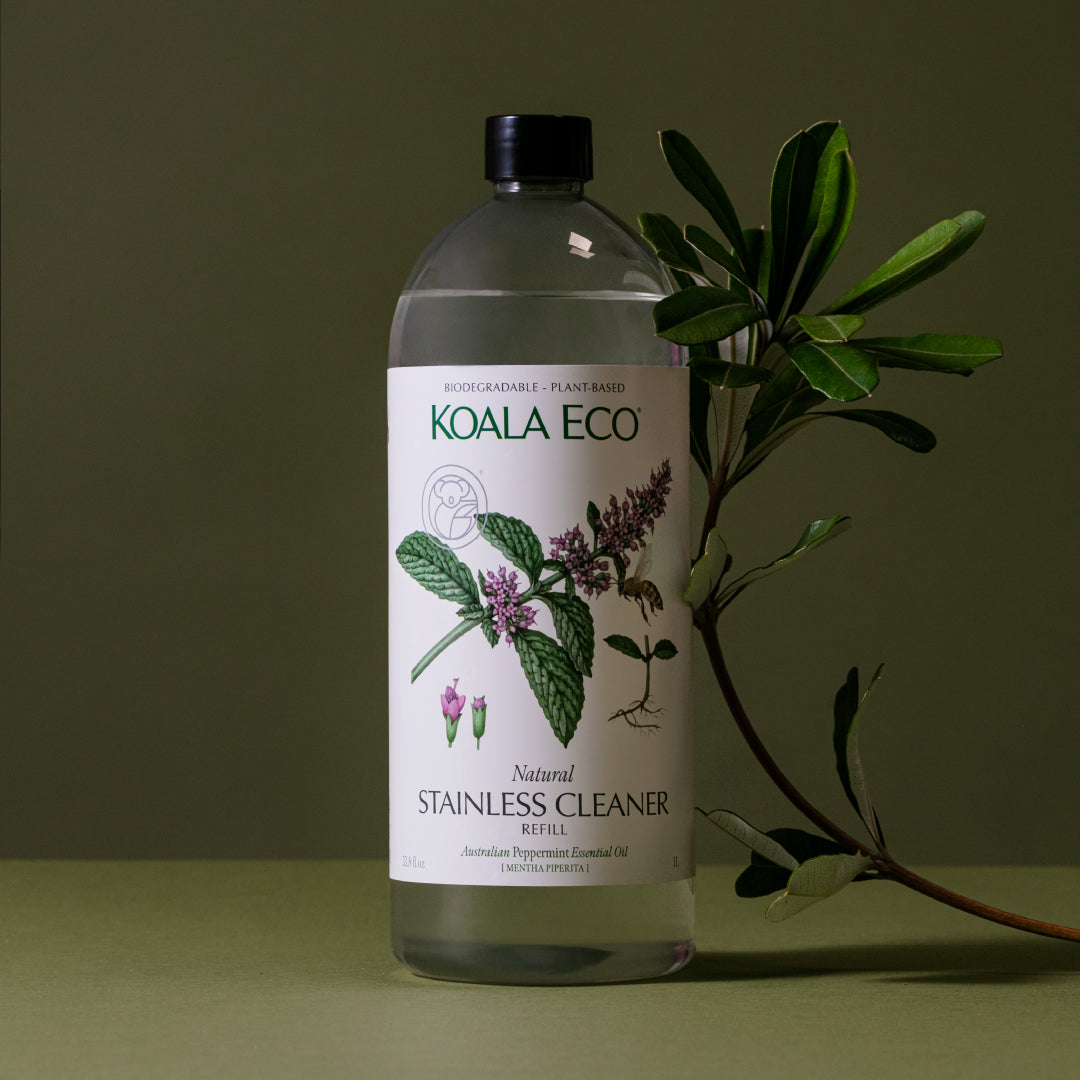No Headache
Scientists regard household cleaning products as one of the most insidious threats to human health, and a key source of indoor pollution (ethicalconsumer.org). Often containing synthetic colours, fragrances or scents, these products can cause headaches or breathing problems.
In 2000, cleaning products were responsible for nearly 10% of all toxic exposures reported to U.S. Poison Control Centers. Dr. Jeanne Conry, an obstetrician-gynecologist and a past president of the American College of Obstetricians and Gynecologists maintains that many chemicals in frequent household use today are not adequately tested for safety before being allowed on the market (Roni Caryn Rabin, The New York Times, 2016). According to the Organic Consumers Association, some cleaners cause hazards such as skin or respiratory irritation, watery eyes, or chemical burns.
While there are many triggers for health disorders like these, perhaps it’s a good idea to make sure that they are not being caused by the cleaners you bring into the home as part of your regular shop.
Consider this: multiple reports of burns, rashes, dizziness and scratchy throats were made by housekeeping employees at North Central Bronx Hospital and Jacobi Medical Center (USA). So these places switched to green cleaning products. The number of lost days linked to injuries from cleaning products? In 2004, they numbered 54. In 2010, after the switch? Zero. (Mireya Navarro, The New York Times, 2010).
Research shows certain chemicals may cause long-term, gradual changes, unnoticeable to the human eye. Some common ingredients are regarded as ‘sensitisers’. Repeated exposure can cause a build-up in the body, leading to allergies. Perhaps you haven’t noticed a reaction to particular cleaning products and therefore assume they’re safe to use. This may not be the case.
The wisest course of action is to take responsibility. Don’t assume that retail outlets only sell ‘safe’ products. In a growing environmentally conscious marketplace, scanning ingredients lists and packaging is vital. If you read “hazardous, corrosive, warning, danger or irritant” on the bottle, ask yourself. Do you really want to splash that around your home?
